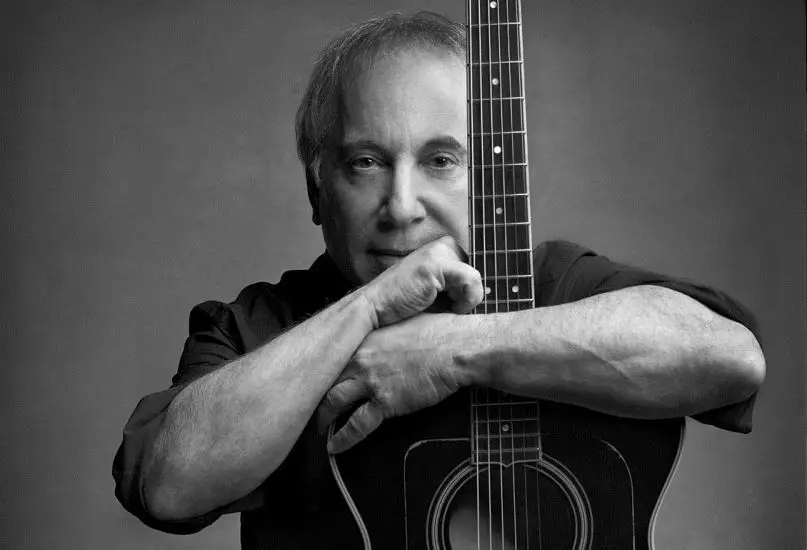Paul Simon Albums Ranked
Paul Frederic Simon (born October 13, 1941) is an American musician, singer, songwriter, and actor. Simon’s musical career has spanned over six decades. He reached fame and commercial success as half of the duo Simon & Garfunkel, formed in 1956 with Art Garfunkel. Simon wrote nearly all of their songs, including US number-one singles “The Sound of Silence”, “Mrs. Robinson”, and “Bridge over Troubled Water”.
After Simon & Garfunkel split up in 1970, at the height of their popularity, Simon began a successful solo career. He recorded three acclaimed albums over the following five years. In 1986, following a career slump, he released Graceland, an album inspired by South African township music, which sold 14 million copies worldwide and remains his most popular solo work. Simon also wrote and starred in the film One-Trick Pony (1980) and co-wrote the Broadway musical The Capeman (1998) with the poet Derek Walcott. On June 3, 2016, Simon released his 13th solo album, Stranger to Stranger, which debuted at number one on the Billboard Album Chart and the UK Albums Chart. In 2011, Rolling Stone named Simon one of the 100 greatest guitarists, and in 2015 he was ranked eighth in their list of the 100 Greatest Songwriters of All Time. Simon was the first recipient of the Library of Congress’s Gershwin Prize for Popular Song in 2007. Here are all of Paul Simon’s albums ranked.
Don’t miss out on the TIMELESS music of Paul Simon! Click and enjoy outstanding songwriting from this multi-awarded artist!
10. The Rhythm of the Saints (1990)

“The record certainly doesn’t try and match “Gracelands” in terms of immediate melodies but it surpasses it in terms of depth and beauty . “the obvious child” “further to fly” “spirit voices” and “she moves on” are just heaven to listen to ,the use of different vocals on “spirit voices” is a real shiver up the spine moment . “born at the right time” is the only moment where the record produces something that may have worked on “Graceland” and surely late period talking heads would have loved the steadily building ominous groove of “cool,cool river” .”
9. Surprise (2006)
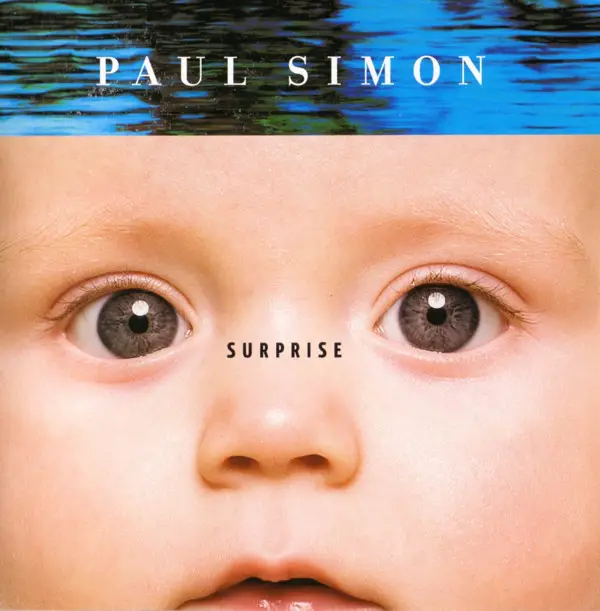
“‘Paul Simon’s new album features the songwriter in a new light that freshens his music and his message. Brian Eno treats each song with the right amount of electronic soundscape poetry to envelope the listener’s soul in a comfortable blanket while Simon’s thoughtful wordscape poetry targets the emotional center of the intellect creating a delectable, nutritional blend that feeds both. Simon realizes that his poetry requires an updating to that which carries it to the listener. “
8. Songs From the Capeman (1997)
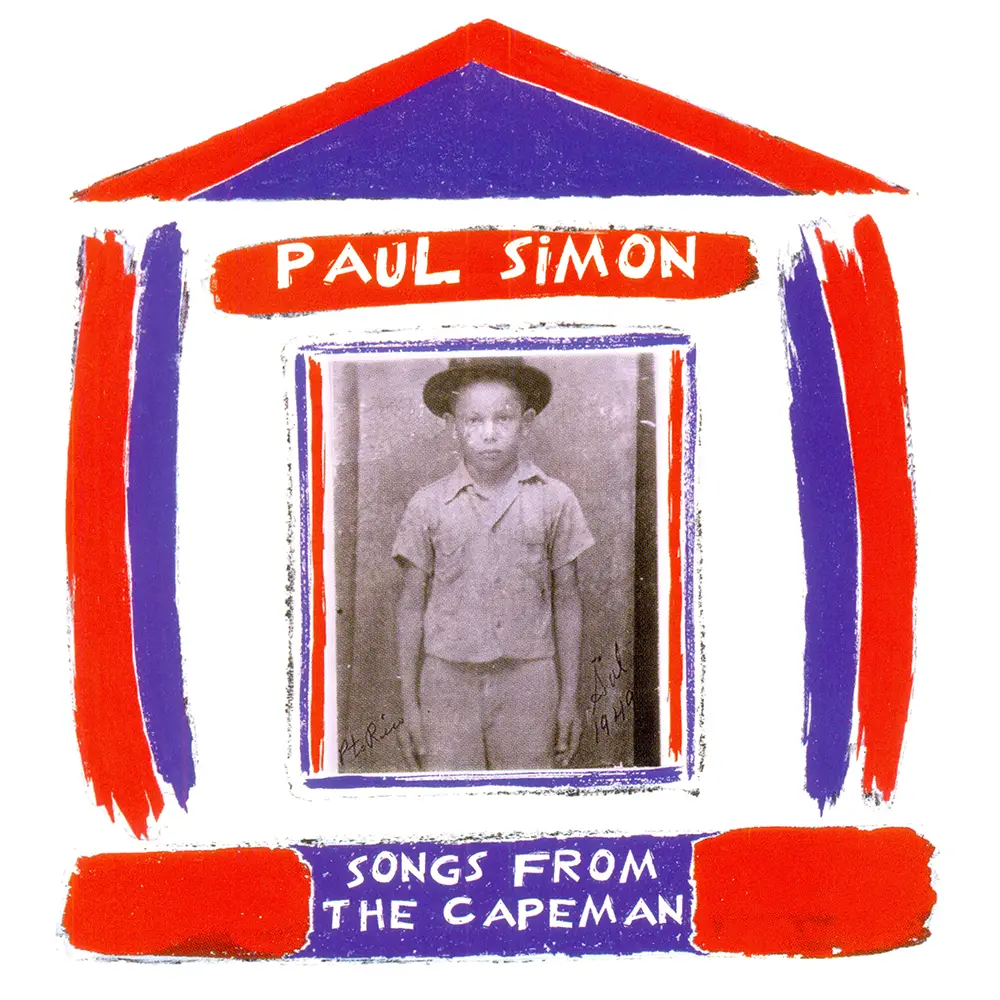
“I’m certainly a Paul Simon fan, but not blindly so – like most enthusiasts I have my opinions about the higher and lower points in his career (and no two opinions about these things are ever the same). The Capeman is perhaps Paul Simon’s highest achievement; sheer unadulterated brilliance from start to finish. Its lack of acceptance, even among many Simon fans, could be due to the perception of it as overly self-indulgent. I find great artists like Simon are often at their best when they are at their most self-indulgent, if self-indulgence is what this is.”
See more: Jack Johnson Albums Ranked
7. Hearts and Bones (1983)
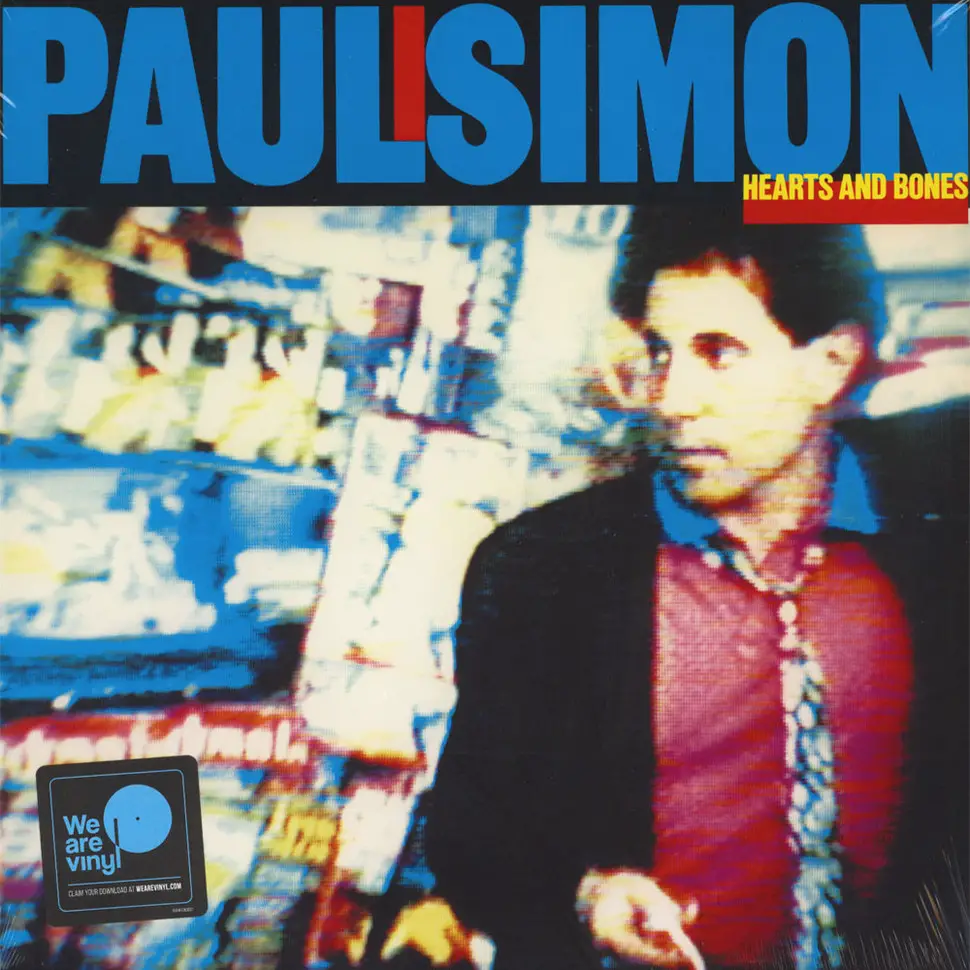
“Hearts & Bones is wonderful. There are a couple songs that don’t hit home for me, but then when do all songs hit home, on any album, by anyone. Oh wait, for me, that would be Graceland. If you like Mr. Simon’s music, then you will enjoy. If you don’t know his music, which may actually be impossible, try Graceland or the Essential Paul Simon. If you like those, then Hearts & Bones is the natural conclusion to Graceland. That’s my opinion…and I could be wrong.”
6. One-Trick Pony (1980)
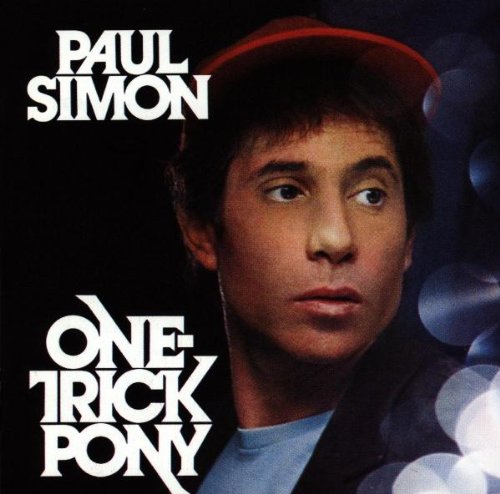
“One of Paul Simon’s best. The movie may have been mediocre, but the soundtrack was a phenom. The title cut was a smooth groove with a great instrumental background. “Late In The Evening” is a joyously happy piece, and I defy anyone to hear it without tapping feet, fingers, and whatever else moves to a great beat. Ditto “Ace In The Hole”. There is rock-solid backing by drummer (and occasional vocalist) Richard Tee and a fantastic jazz guitarist, Eric Gale. The album also has a softer side, with gentle songs like “Nobody”, “That’s Why God Made Movies” and “Long, Long Day”. Like the rest of Simon’s really fine body of work, it moves from exuberant, happy danceable songs to thought provoking lyrics, and songs wonderfully easy on the ears.”
5. Paul Simon (1972)
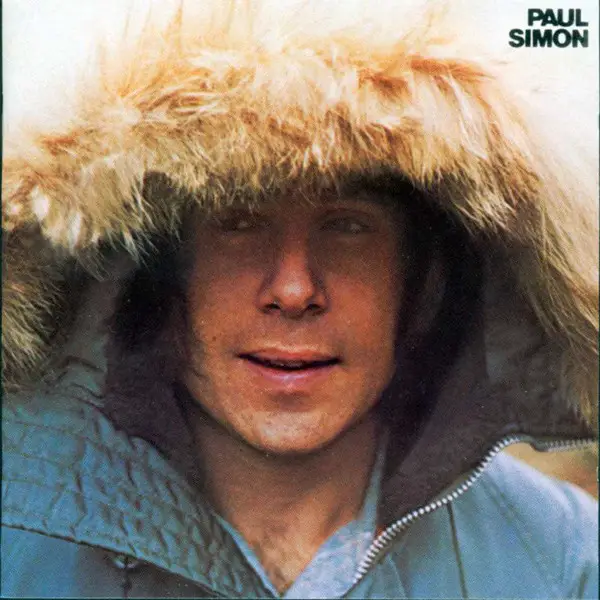
“Paul Simon’s first solo album after S&G’s breakup is at the same time a logic continuation and a nice departure from the duo’s work. Simon gets away from the Everly Brothers’ influence which has been so present in the past few years, and stays mainly rooted in folk music. “Mother and Child Reunion” is a reggae tune that can be seen as a major turning point in Simon’s work, as it marks its first interest in ethnomusicology, something which became more and more important through his career with albums like Graceland, Rhythms & the Saints and Songs from the Capeman.”
See more: Simon & Garfunkel Albums Ranked
4. So Beautiful or So What (2011)
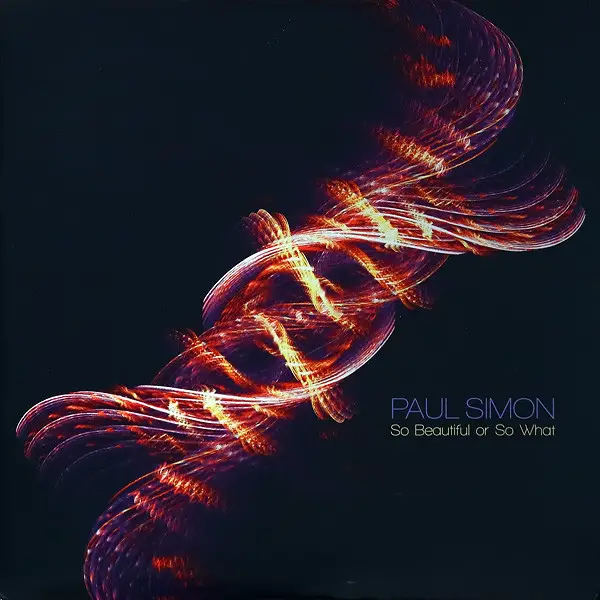
“Paul Simon has written another masterpiece, almost on the level of Graceland. The different tracks are far ranging in their musical styles, but each stands alone as a gem. Here is where the “BUT” comes in. I feel there is no excuse for a 38 minute album. Prices of CDs have not descended so much that they became the musical equivalent of the shrinking half-gallon of ice cream, now down to 48 ounces for most major brands. Come on Paul, it took you years for this one. I’m sure there were a few more songs you could have added.”
3. Still Crazy After All These Years (1975)
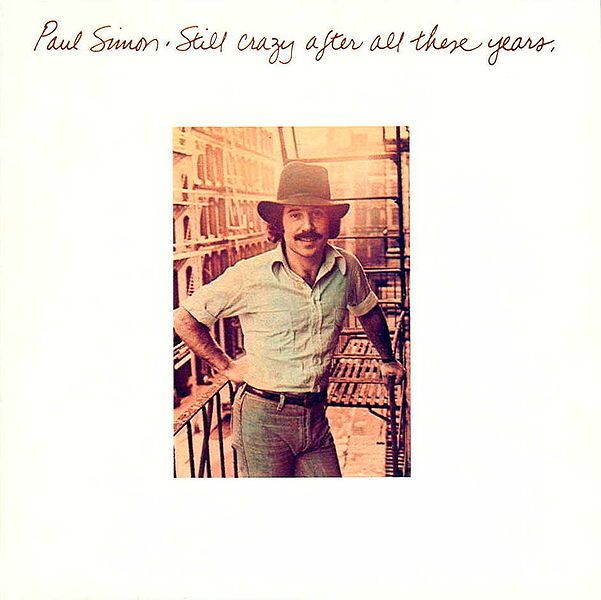
“This album’s best bits are some of Paul Simon’s finest moments. The title track with Barry Beckett’s great electric piano and Michael Brecker’s sax solo is just lovely. “Fifty ways to leave your lover” is one of his better up tempo tracks, with some great drumming from Steve Gadd as well. “I do it for your love” is as great as a Paul Simon ballad can get. And then there’s the song on which he’s reunited with Art Garfunkel, a lovely pop song that just needs the duo’s harmonies.”
2. There Goes Rhymin’ Simon (1973)
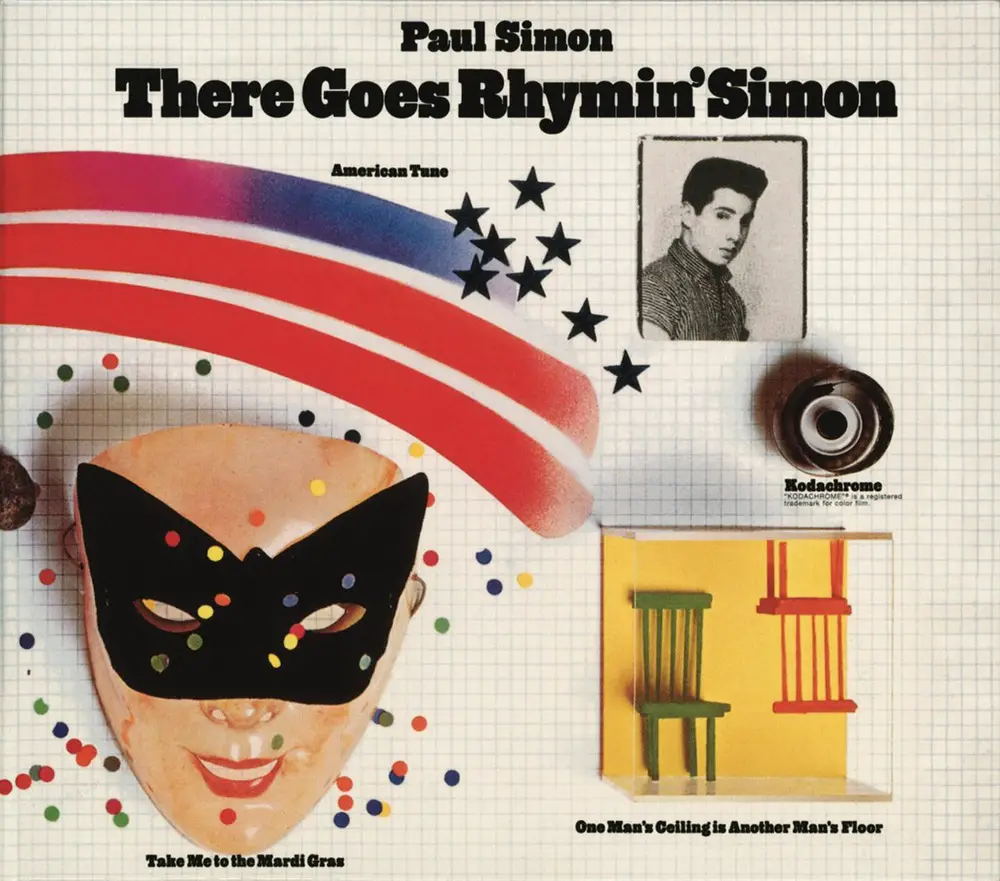
“I’ve heard this album called too soft, too fluffy, and too cloying (OK, maybe not those exact adjectives, but I’m paraphrasing, goddammit), among other things, but I don’t understand these claims. Is there softness, fluffiness, and cloying-ness to be found here? I suppose. But it’s so tuneful that it shouldn’t matter. Besides, Paul Simon isn’t really a rock ‘n’ roller; he’s a melodic songwriter with a gift for words. If “going soft” means writing ten songs as good as these, then everyone should try going soft! Or you just go ahead and keep writing songs with the same three stupid fucking power chords over and over again, and let people like Paul write good stuff worth listening to–I don’t care.”
1. Graceland (1986)

“Paul Simon’s ‘Graceland’ is one of those very rare accumulations of music which happens only a very few times during a generation. For anyone who loves music, ‘Graceland’ is a must in the collection not only because of the complex yet simple melodies and rhythms and remarkable harmonies; but also because of the [mostly unknown at the time of the making of this remarkable album] social ramifications caused by political infighting occurring in South Africa when the album was made [many of the petty grudges, especially by the ANC, are still being nurtured this day in regard to Simon’s work and his failure to pay what they deemed their ‘due’ homage…not everyone in South Africa was Nelson Mandella]. A quarter of a century since the release of this gigantic musical event and it’s relevance and social importance is fresh as if it were made this past week; and it will still be fresh and relevant in another quarter-century. Do not allow another day to pass without adding this timeless grand work by Paul Simon to your musical library.”

